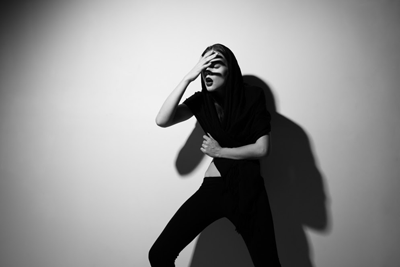Don’t Be Afraid of the Dark: The Use of Shadows in Lighting
Even novice photographers get it; gear is important but second to the right implementation of that gear. And a camera more often than not isn’t as important as the right lighting environment, whether it’s available or man-made.
A fairly common mistake we have all made at some point in our developmental process is the over use of lighting. Through the course of our experience we evolve and devolve – just look at several of your pieces you’ve shot over time. You’ll see it – something you tried that changed everything, maybe something you stopped doing. For me, the discovery of shadow changed the entire game.
When we first discover lighting, it’s pandemonium. Ring flashes, speed lights, kino, mole, LED, acute’s, mono heads, and modifiers galore; barn-doors to soft boxes, gels, CTB, CTO… your head could explode over the sheer number of lighting combinations. One single sitting can turn out a hundred plus different images just with different lighting techniques.
o many of us crank in as many lights as possible, trying everything. Not a wrong answer on the path to finding your lighting voice, but maybe not your answer.
I eventually became way more infatuated with the shadows light created than with the light that light created. You must have both. Without shadow there either isn’t light or there’s just too much of it. Lighting in photography & video, after all, is just the allocation of light and shadow. It’s your image! You tell the light where to go the same as you’d tell a model.
I’ve found the bulk of what I’m interested in aesthetics-wise is primarily single source, whether constant or strobe. And, usually unmodified or a beauty dish at least. We like to throw the word “noir” around just as much as “edgy.” For some end-all examples of this lighting, pull up some 40′s black and white flicks – great film noirs like The Maltese Falcon, Casablanca, Citizen Kane… What do you see? A whole lot of shadow. It’s moody as all hell and easy to recreate on a shoestring budget. Shadow is your friend. Embrace the dark side.







